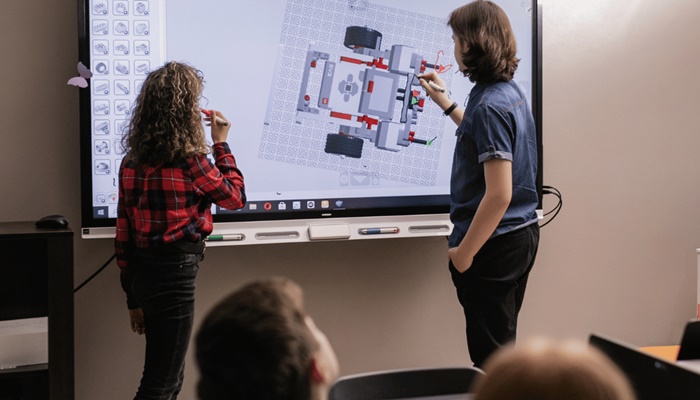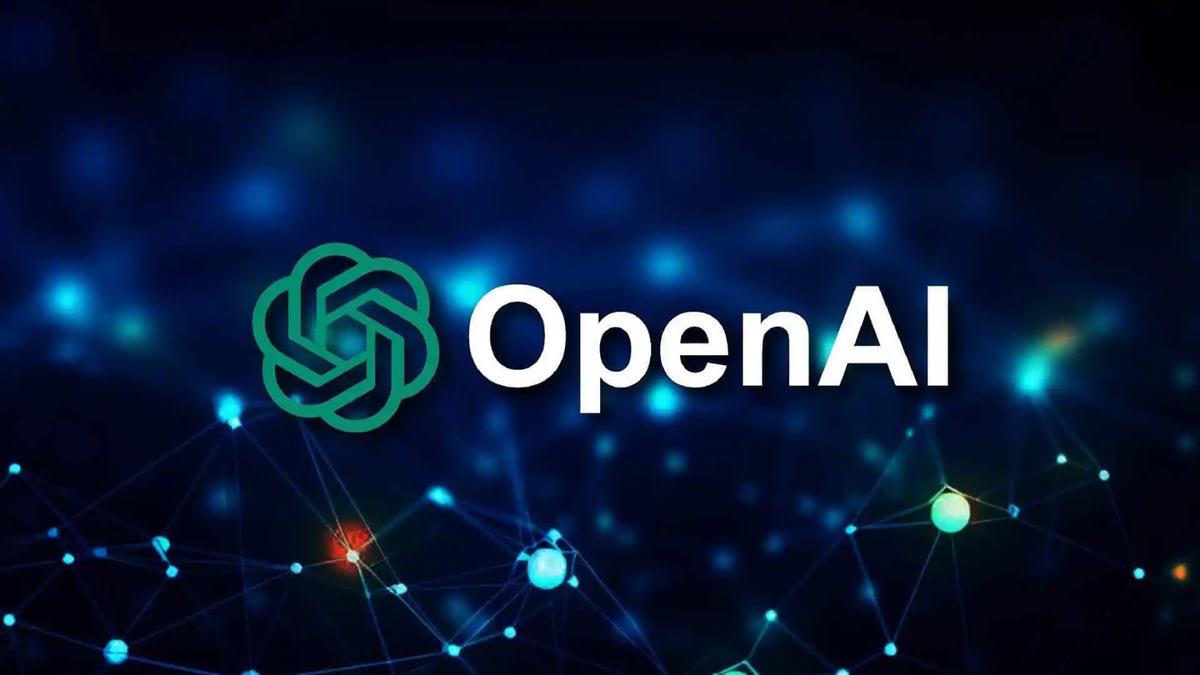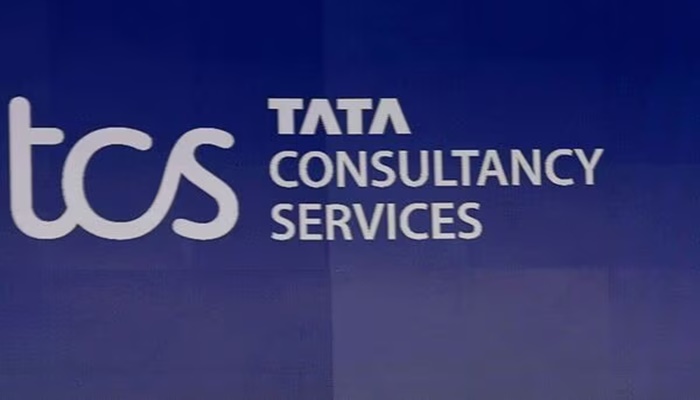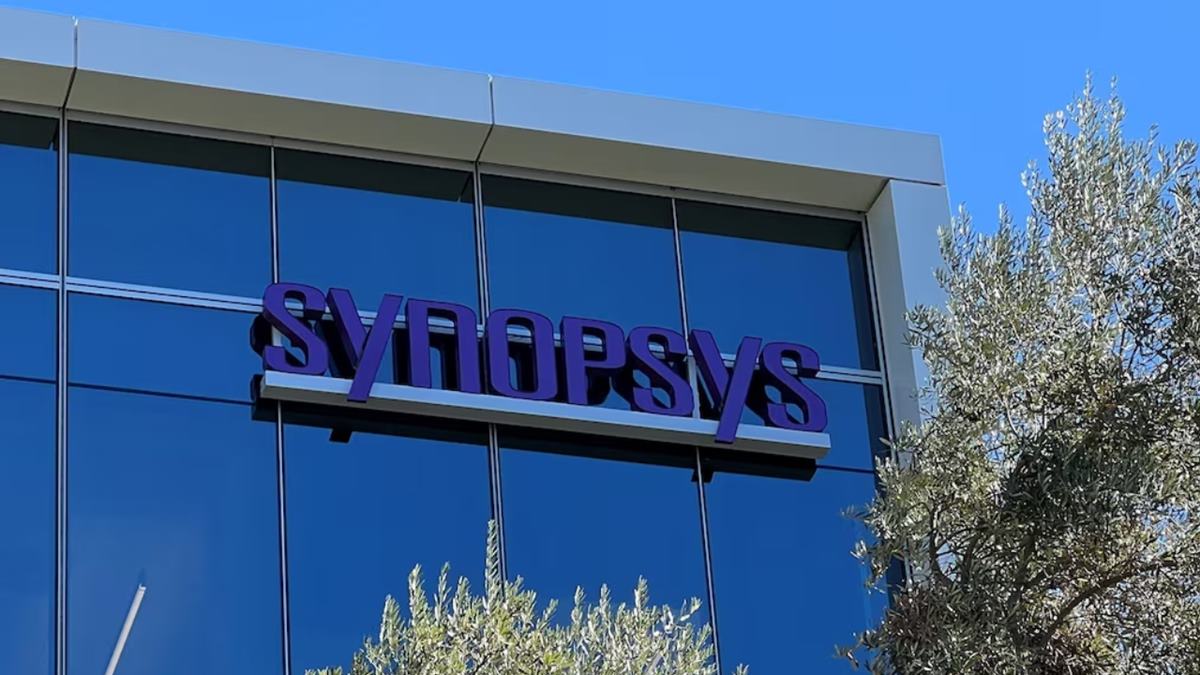The workplace is no longer confined to physical offices or even remote desktops. With the rise of the metaverse, HR leaders are exploring how immersive virtual environments can revolutionize employee engagement. From onboarding and training to team collaboration and well-being, the metaverse is creating opportunities for businesses to build truly borderless, engaging workplaces.
In this blog, we’ll explore what HR in the metaverse looks like, the benefits and challenges of virtual workplaces, and how companies can prepare for the future of employee engagement.
What Does “HR in the Metaverse” Mean?
The metaverse refers to a shared, persistent, and immersive digital space powered by technologies such as virtual reality (VR), augmented reality (AR), and blockchain. In HR, this means reimagining how employees work, learn, and connect in these digital environments.
For example:
- Onboarding could happen in a gamified virtual office tour.
- Collaboration might take place in 3D meeting spaces rather than video calls.
- Employee engagement could include team-building activities in immersive worlds.
In short, HR in the metaverse bridges the gap between digital and physical work experiences.
Key Benefits
1. Immersive Onboarding
Traditional onboarding sessions can feel dry and overwhelming. The metaverse makes this process interactive and engaging. New hires could explore a virtual office, meet avatars of team members, and complete training modules in an immersive environment. This creates a stronger sense of belonging from day one.
2. Enhanced Collaboration
Zoom fatigue is real. In the metaverse, employees can walk into a virtual room, brainstorm on digital whiteboards, or build 3D prototypes together. This goes beyond flat screens, making teamwork feel more natural and interactive.
3. Stronger Employee Engagement
Gamification in the metaverse allows HR to create unique engagement activities—virtual hackathons, recognition ceremonies, or even casual “watercooler” meetups in a digital lounge. This helps remote employees feel more connected to their peers.
4. Upskilling Through Simulation
Metaverse-based training programs can simulate real-world challenges. For example, sales teams can practice client interactions, or healthcare workers can rehearse emergency scenarios—all within safe, virtual spaces.
5. Global Inclusion
Virtual workplaces eliminate geographical barriers. Employees from different parts of the world can collaborate in real time without the costs of travel or relocation.
Challenges HR Leaders Must Address
While the metaverse offers exciting opportunities, HR professionals must also navigate some challenges:
- Accessibility & Cost: VR headsets and infrastructure are still expensive for many companies.
- Digital Fatigue: Too much time in virtual environments could impact employee well-being.
- Privacy Concerns: Data collection in immersive platforms raises security and compliance questions.
- Learning Curve: Employees may need training to feel comfortable using VR/AR tools.
To overcome these challenges, businesses must balance innovation with employee needs.
Real-World Examples of Metaverse HR Adoption
Several global companies are already experimenting with HR in the metaverse:
- Accenture has created a virtual campus called Nth Floor to onboard thousands of new hires.
- PwC uses VR simulations for training employees in leadership and communication skills.
- Hyundai and Samsung are testing metaverse platforms for team collaboration and product demonstrations.
These early adopters prove that metaverse-driven HR practices are no longer futuristic—they’re happening now.
Preparing for the Future of Employee Engagement
For HR leaders looking to get started with the metaverse, here are some steps:
- Start Small: Experiment with VR-based training or virtual town halls before scaling up.
- Prioritize Inclusion: Ensure that virtual environments are accessible to employees with disabilities.
- Blend Digital with Human: Use the metaverse to enhance—not replace—human connection.
- Measure Engagement: Track participation and feedback to refine virtual HR strategies.
By adopting a phased approach, companies can future-proof their HR practices without overwhelming employees.
Conclusion
The metaverse is more than a buzzword—it’s a paradigm shift for HR and employee engagement. Virtual workplaces offer immersive onboarding, gamified collaboration, and truly global inclusivity. While challenges around cost, accessibility, and privacy exist, forward-thinking HR leaders can turn the metaverse into a powerful engagement tool.
As businesses continue to embrace hybrid and remote models, the metaverse will play a pivotal role in shaping the future of work—and HR will be at the heart of this transformation.
Source – https://itmunch.com/hr-in-the-metaverse-virtual-workplace/




















